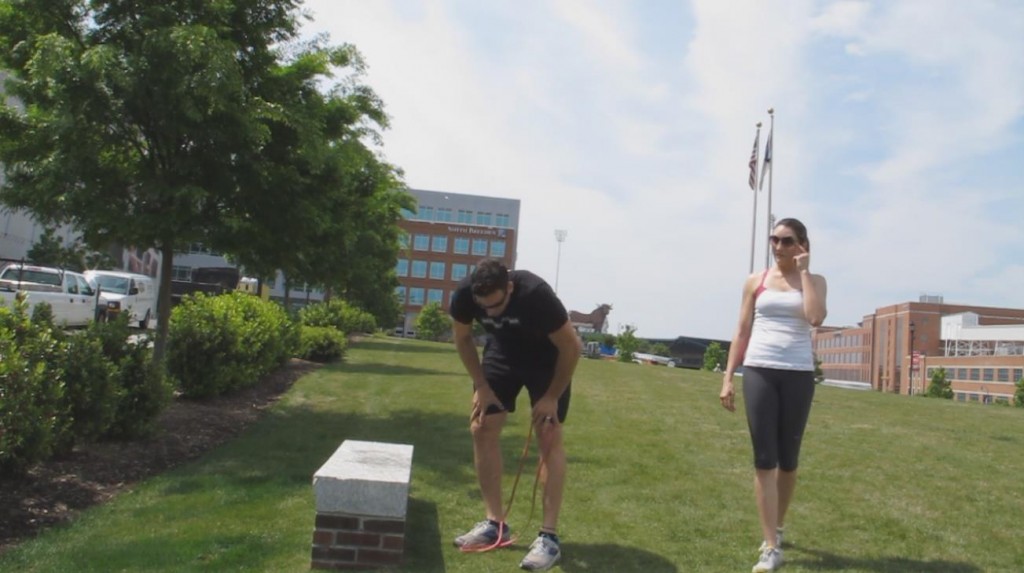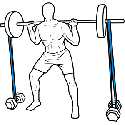By Lily Arthur

The toughest element to schedule into any exercise program is time to take it easy. It can be tempting when you're feeling great to run a little further, lift a little heavier and increase the resistance, but sometimes that can be counter-productive. In December last year, Jason wrote about the importance of going slow to work on your form, and that's just one of the reasons to resist the urge to push yourself to the max every single time. Recovery time may be tedious, but it is absolutely vital to ensure that you reap the benefits of the hours and effort you put in to creating your body temple. Fortunately, there are things you can do to ensure that your recovery time is used as effectively as possible, so that you can recover faster.
Energy and the science of recovery
In order to understand how your body recovers after exercise, you need to understand what happens to it during exercise. The energy that the body requires to carry out normal functions – as well as during periods of heightened activity – is the carbohydrate glucose. Glucose is stored as glycogen in the skeletal muscles and in the liver. During exercise, the glycogen is being converted into glucose to provide the body with the energy it needs, and so the level of glycogen in the body steadily falls if it is not replenished. For long distance runners and athletes who exercise for long periods of time, replacing the level of glycogen in the body becomes extremely important. This is why marathon runners will often be seen using those little packets of energy gels to ensure that they have enough energy for their muscles to continue working effectively.
Energy is also required for growth and repair of muscle tissues after exercise. After a weights session, for example, energy will be used to repair the muscles and for cell production. Dr Robert Murray, director at Gatorade Sports Science Institute explains that "Heavy resistance exercise increases the rates of both protein synthesis and breakdown in muscle for at least 24 hours after a workout. Unless a protein-containing meal is consumed during recovery, breakdown will exceed synthesis, resulting the loss of muscle mass." This explains why bodybuilders and other athletes will use protein shakes or eat a high protein diet after their workout to ensure that their muscles are growing rather than shrinking.
Respiration and the science of recovery
In order to obtain the energy used for ordinary metabolic function and exercise, mammals need oxygen. In the process of respiration, oxygen and glucose react with one another to produce water, carbon dioxide and a substance called ATP, which is essentially the energy required for cells to carry out their various functions.
During periods of increased activity, the body requires more energy, which means that oxygen has to make it round the body faster than it would when it is at rest in order to react with the glucose to produce ATP. This is why your heartbeat increases when you exercise, as the oxygen is carried round the body in the blood. After exercise, energy is required for functions such as growth and repair of muscle tissue. Various scientific studies have shown that Nitric oxide (NO) causes the blood vessels to relax, therefore increasing blood flow. NO is a gas that is generated in the body, and some athletes consume products that can help to boost the level of NO in the body in order to increase blood flow both during and after workouts. It is thought that higher levels of NO in the body can aid the recovery process by speeding it up.
Giving yourself enough time and the correct diet to recover properly after each workout will ensure that the exercise that you do is more effective, so you can start to see greater results from the hours that you put in. People often talk about the importance of discipline when it comes to sticking to an exercise program, but part of that discipline is making sure that you follow the right diet and make sure you rest when you need it, however frustrating it may be. Think of recovery as part of your training, and you should start to see the results.



